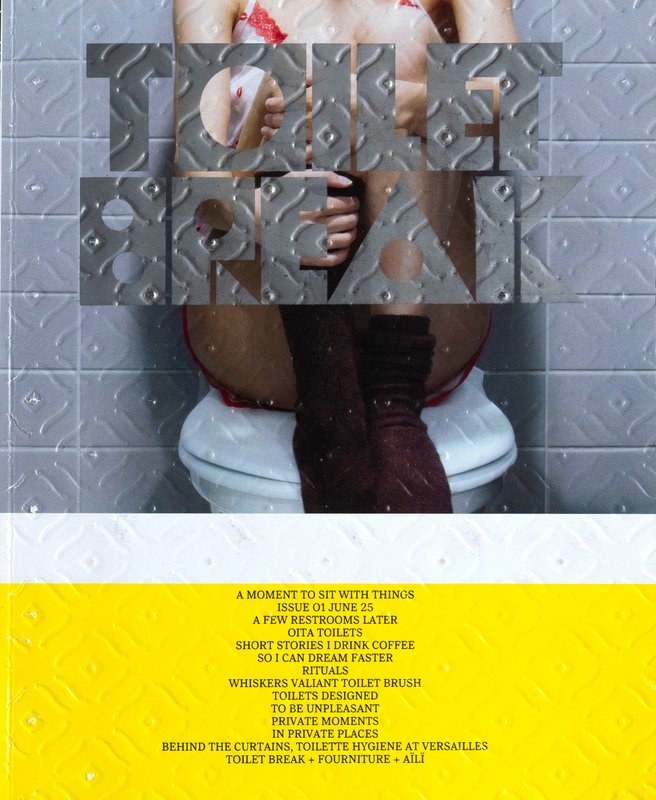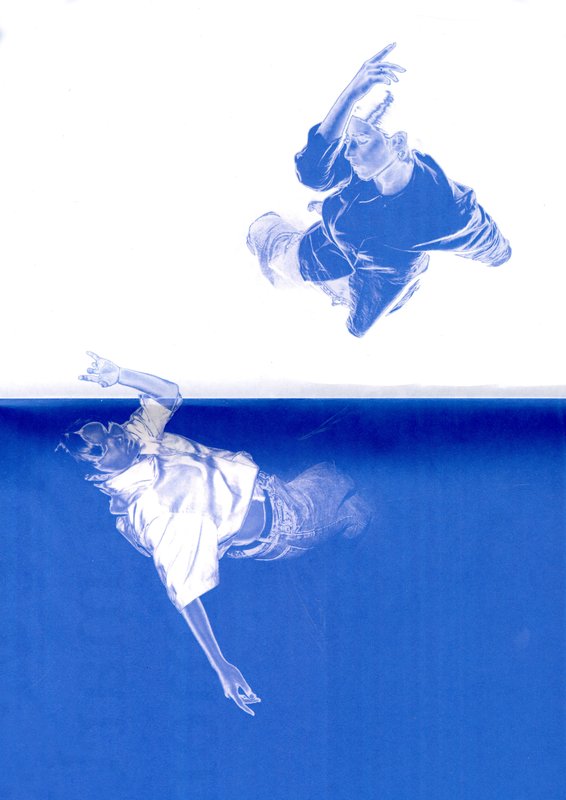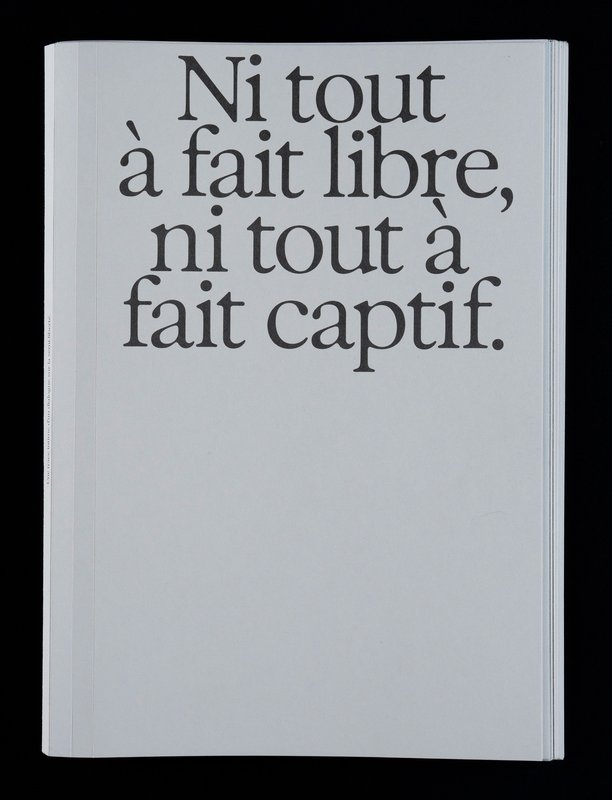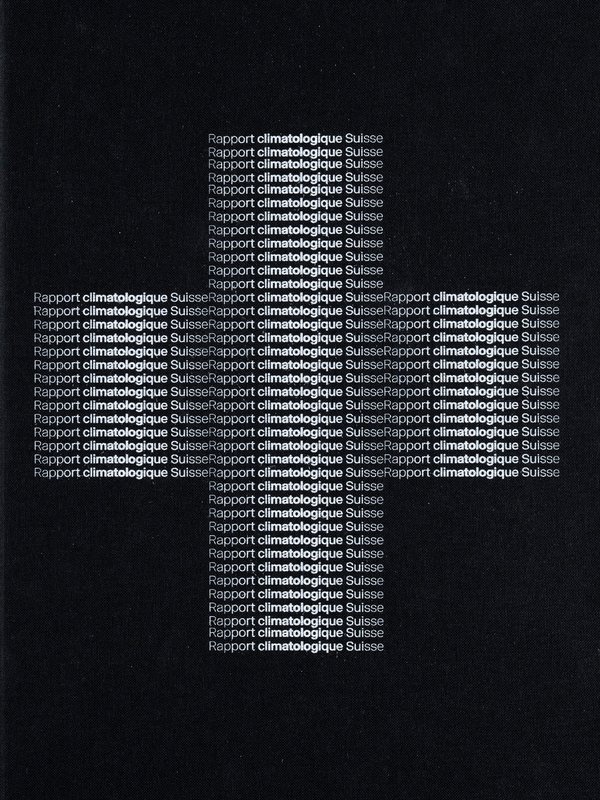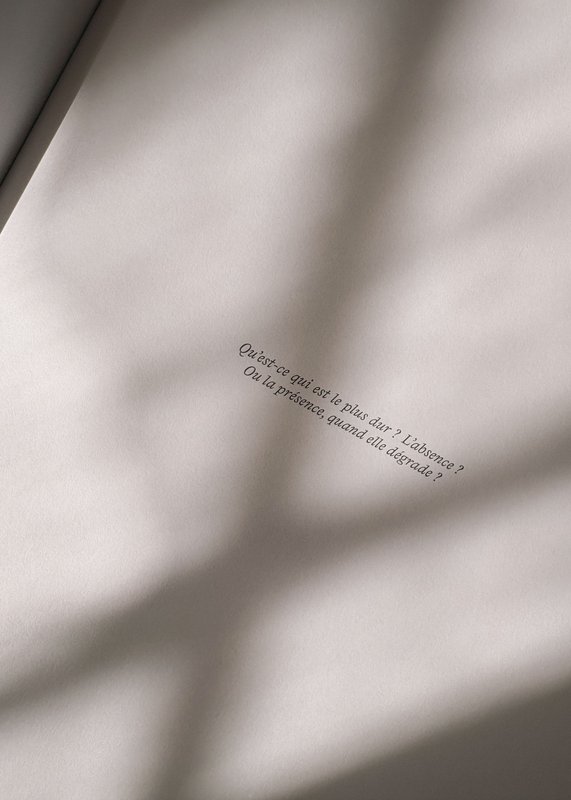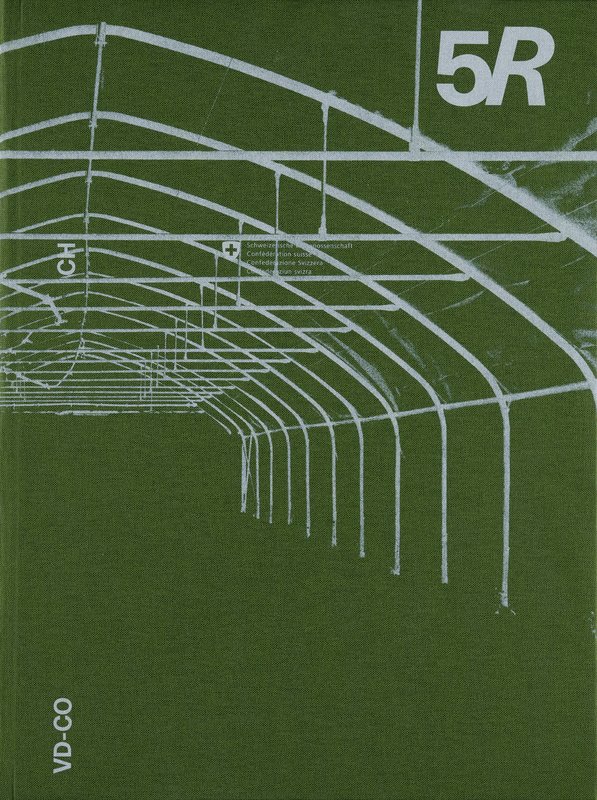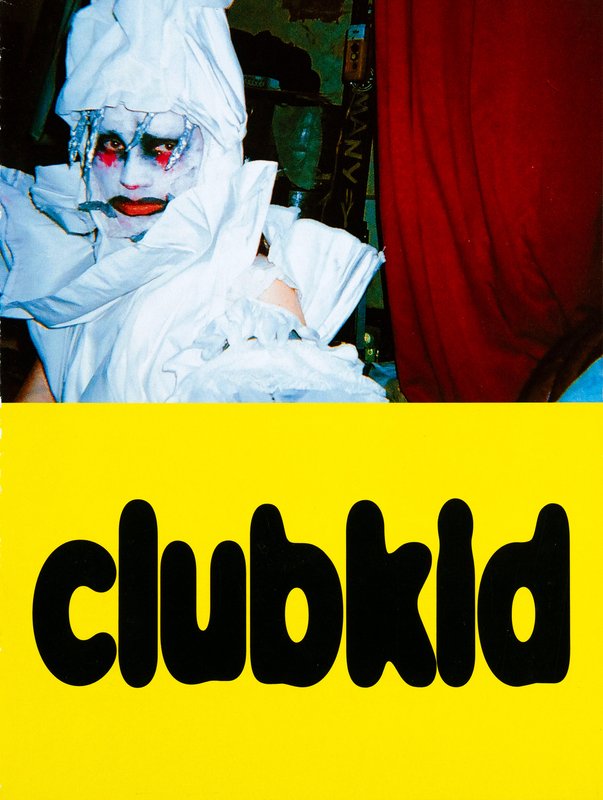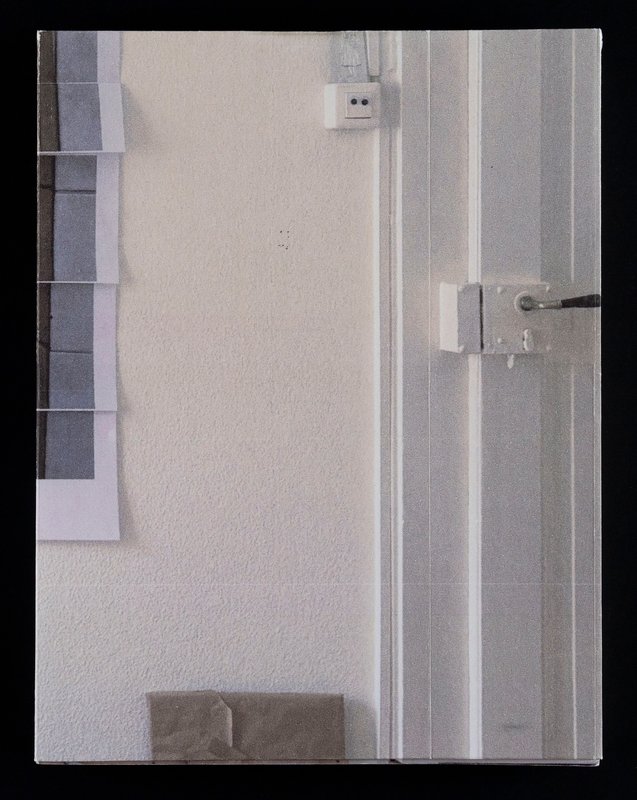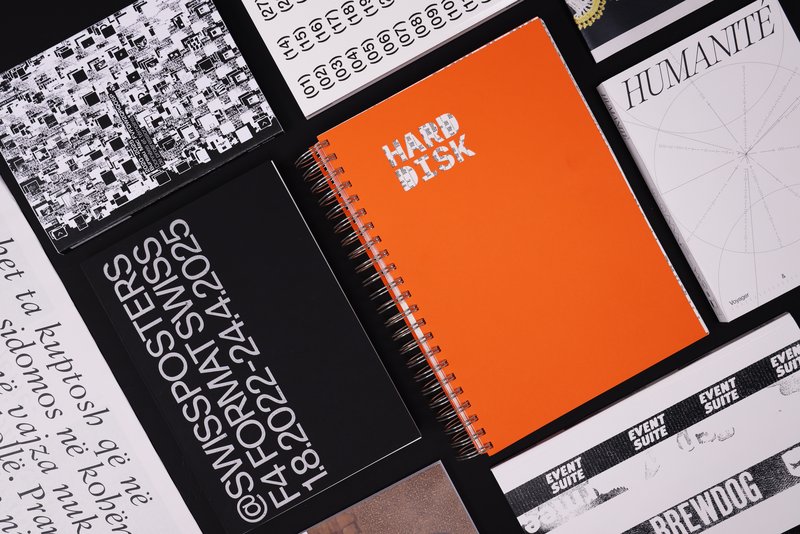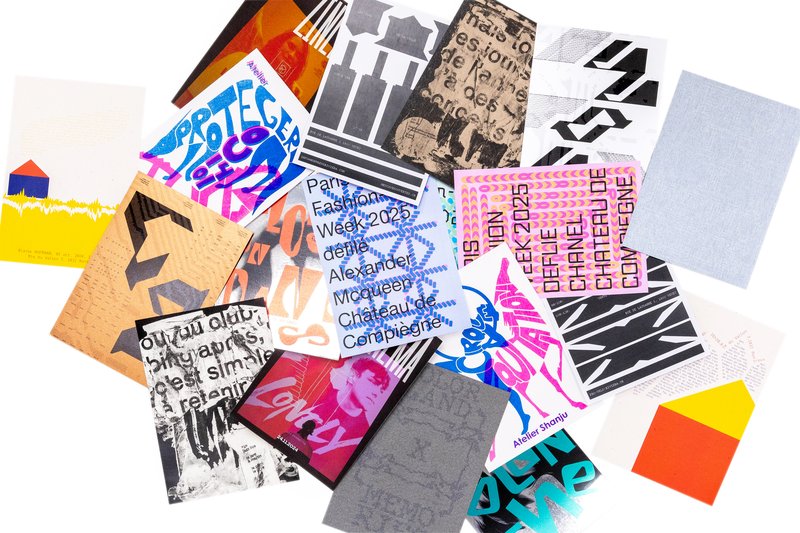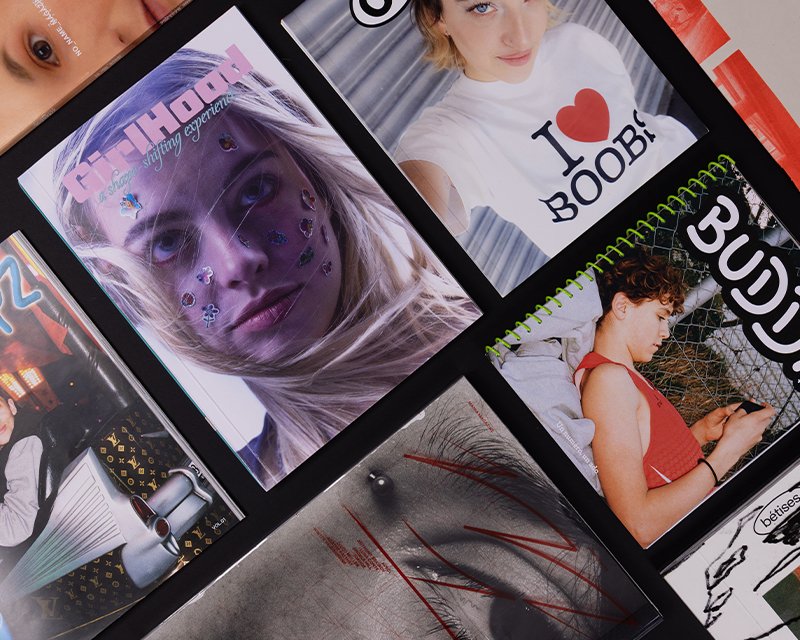
GRAPHIC DESIGN
MEDIA & INTERACTION DESIGN
PHOTOGRAPHY
Magazine - 24/25
with
Anouk Schneider Agabekov,
Emmanuel Crivelli
As part of the magazine course led by Anouk Schneider and Emmanuel Crivelli, second-year Visual Communication students had the opportunity to design a magazine during the second semester.
Students were encouraged to fully embrace their artistic freedom at every level of creation, whether in terms of format, paper choice, binding, layout, illustration, text, or typography.
In this course, the magazine can take shape through various forms of illustration, such as photography, reproduction, contextualization, drawing, 3D, and more. The focus is placed on the author’s artistic vision and the means used to bring it to life.
Students take on multiple roles as editor, curator, and architect, assuming the responsibilities of art director, designer, photographer, stylist, illustrator, typographer, editor-in-chief, and editorial secretary. This course highlights contemporary editorial design by exploring the narrative potential of a carefully crafted content sequence.

